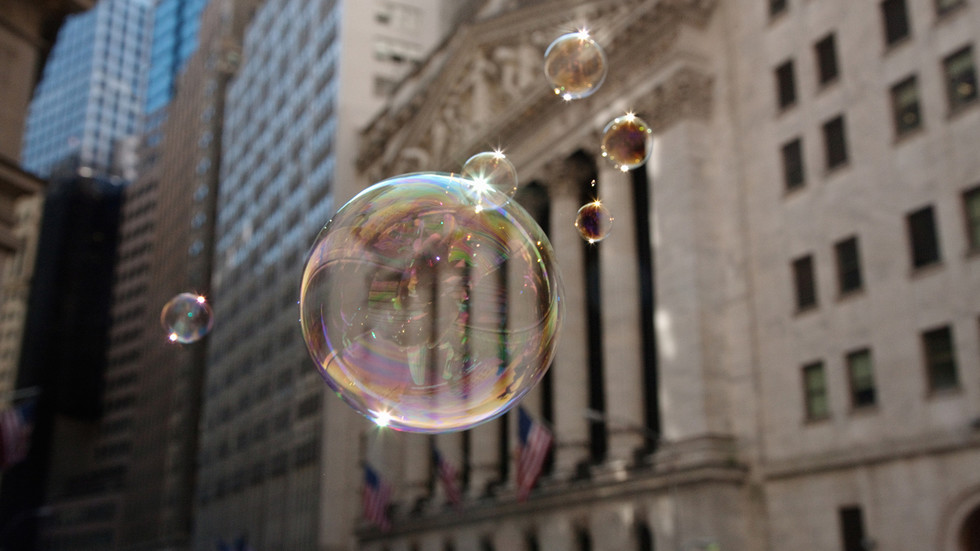
The growing number of bank implosions signal that entire economies may be failing

© Getty Images / Siegfried Layda
The US banking industry is reeling from a string of bank failures, which kicked off last week and continue to rattle both domestic and global markets. Economists spell doom and gloom, despite efforts to stem the fallout. Here’s what you need to know.
- What happened?
California-based, crypto-focused bank Silvergate was the first to announce impending liquidation last Wednesday. Then came tech and start-up favorite Silicon Valley Bank (SVB), the implosion of which on Friday was the largest US bank collapse since the financial crisis of 2008. New York-based Signature Bank was the latest to be shut down over the weekend, as regulators feared for its liquidity. - Why did the banks fail?
The banks saw their stocks plunge following massive deposit outflows amid fears of a recession, higher interest rates, and a slowdown in the market for initial public offerings. These factors made it harder for many businesses to raise additional cash and led companies to draw down their deposits at SVB and similar lenders. - What do interest rates have to do with it?
In order to tame inflation, governments in the West began to raise interest rates. There is a historic correlation between higher interest rates and failures of overleveraged financial institutions. Overleveraging occurs when a business has borrowed too much money and is unable to pay interest or principal repayments, or maintain payments for its operating expenses. Interest rates in the US have been hiked on more than one occasion over the past year, and many analysts warn they are currently too high at 4.5%-4.75% to keep financial bubbles from bursting. - Who’s next?
The stock meltdown resumed with a vengeance on Monday, with several bank stocks halted due to volatility. As of mid-day, PacWest Bancorp, Zions Bancorporation, First Republic Bank and Regions Financial were no longer trading until further notice. - How did the Fed react?
The Federal Reserve, US Treasury and Federal Deposit Insurance Corporation (FDIC) on Sunday announced a new emergency program aiming to shore up confidence in the banking system and protect depositors of failing banks. They will allow both insured and uninsured depositors of the collapsed banks full access to their money through a special FDIC fund. The Fed also separately announced it would make additional funding available for banks in cases of emergency, through a new Bank Term Funding Program. - Will the measures stem the fallout of the collapses?
Traders and analysts claim the panic is already ripe and could further push investors to move funds from small banks to what they view as the safety of large systemically important lenders. This would drain liquidity from the latter and may lead to their downfall. - Is there a risk of a broader upheaval?
Governments in the US, Britain and Canada have been taking extraordinary steps to prevent a potential banking crisis. Germany’s finance watchdog stated the “distressed situation” of SVB’s German branch “does not pose a threat to financial stability.” According to some analysts, there’s no risk of contagion, since the authorities have stepped in. - What’s the worst-case scenario?
Depositors could panic, resulting in national runs on banks. Since lenders don’t have the money they will be forced to close their doors and block depositors’ access to their accounts. As governments cannot protect all depositors, we could be facing a 1929-style Great Depression or worse – the collapse of the entire Western financial system.




